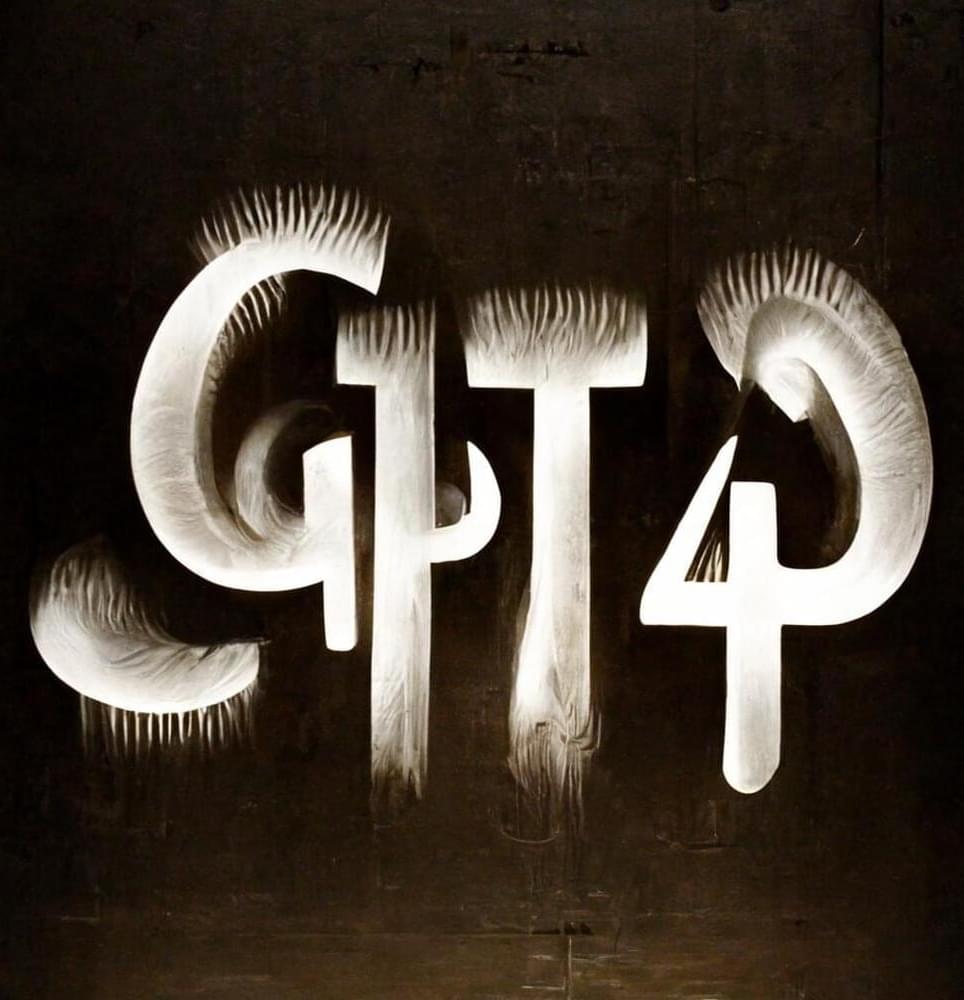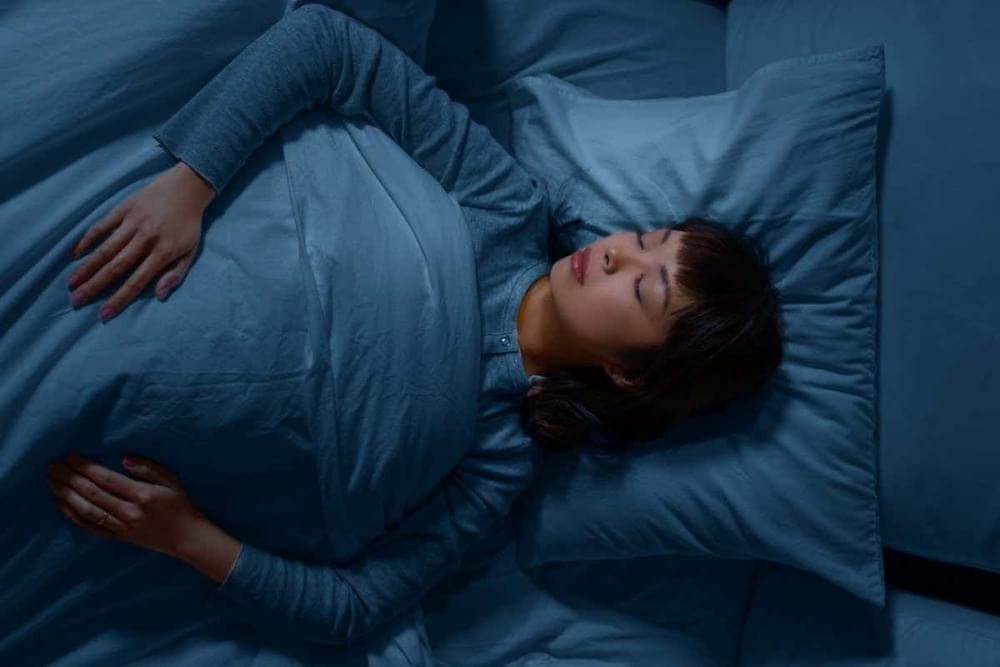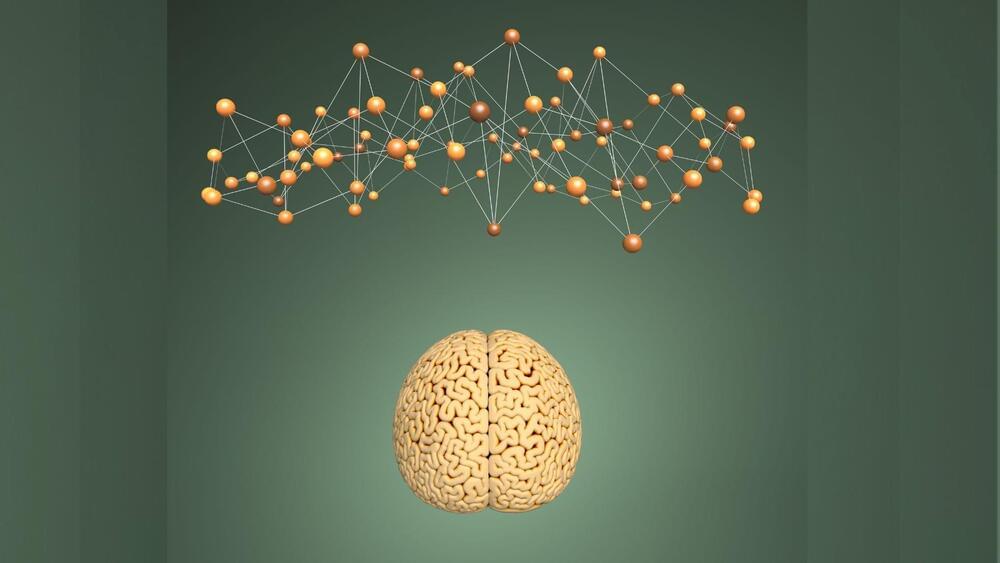The company’s technology essentially lets users take a pre-existing static 3D model and bring it to life. So, if you’re building a 3D forest in a virtual world, and you’ve got some 3D models of what you want the animals to look like, Anything World’s machine learning-powered tech will put a virtual skeleton in that animal, allowing it to move in a lifelike way.
The round comes amid waning interest in metaverse investments this year, according to data from Dealroom. Investment into startups tagged under “metaverse” on its platform dropped from a high of $2.8bn in Q2 to $446m in Q3, as low user interest affects previously hyped platforms and Mark Zuckerberg’s Meta lays off 11k employees.
Anything World cofounder Sebastian Hofer says that, while many investors have been seduced by the metaverse hype in the last year, his company is building a tool that’s also useful to clients who have no interest in jumping on the Zuckerberg bandwagon.








